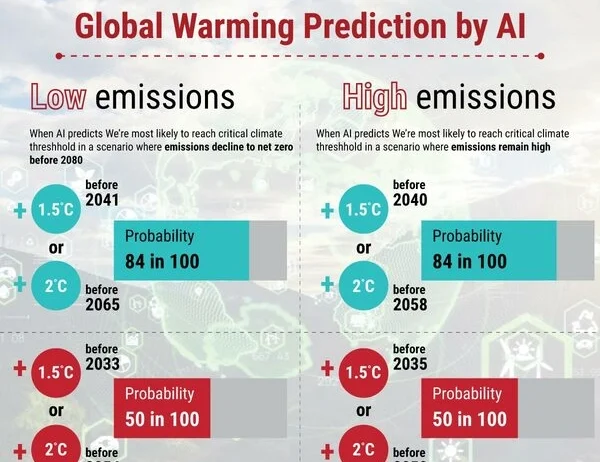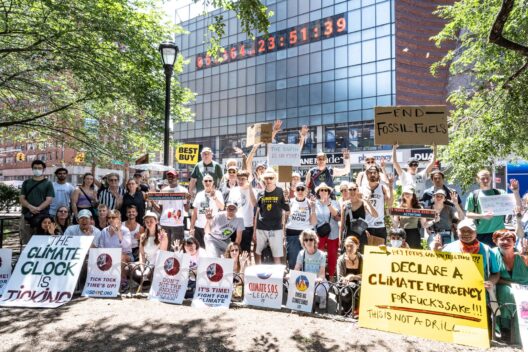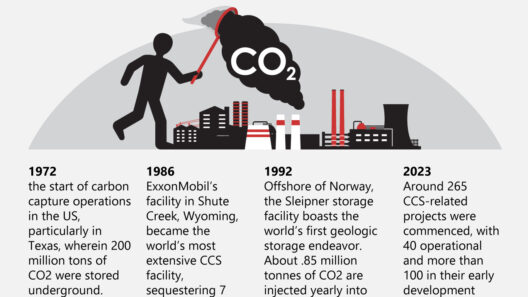In contemplating the phenomenon of global warming, one might liken it to a colossal, languid beast stirring from a deep slumber. With each increment of temperature rise, this creature rouses further, instilling a palpable anxiety among scientists, policymakers, and laypeople alike. The statistics surrounding climate change serve as both clarion calls and echoes of urgency, detailing a relentless transformation of our planet. Understanding this crisis necessitates delving into the alarming numbers that define its scope and significance—a dialogue that encompasses belief, impact, and our collective responsibility.
The Intergovernmental Panel on Climate Change (IPCC) has consistently raised the alarm, asserting that the global average temperature has risen by approximately 1.1 degrees Celsius since the late 19th century. This seemingly innocuous number burgeons with implications: it signifies not just a warming world, but a cascade of disruptions, manifesting in extreme weather events, rising sea levels, and shifts in biodiversity. An increase of 1.5 degrees Celsius—a threshold many regard as a tipping point—could unleash consequences that reverberate through time and space. These statistics are not mere digits; they are representations of our current trajectory, a sobering reminder of the consequences of inaction.
Statistics are particularly effective in framing the beliefs surrounding climate change. A global survey conducted by a reputable organization reveals that over 60% of individuals across various nations acknowledge climate change as a significant threat. Notably, belief in climate change traverses cultural and geographical boundaries; however, the intensity of this belief varies. In countries with palpable experiences of climate-related disasters, such as hurricanes or droughts, the acceptance rates soar, creating a critical mass of urgency. People take notice when their communities are ravaged by floods or scorched by heatwaves. They cannot dismiss these experiences—the raw reality shapes perceptions and attitudes about our warming planet.
In the United States, however, the chasm in belief about climate change appears wider, akin to a tectonic divide. Despite overwhelming scientific consensus on the reality of climate warming, nearly 30% of Americans remain skeptics. This discord can largely be attributed to political affiliations and the narratives fostered by misinformation. The climate narrative becomes entangled in a web of economic interests and ideological convictions, leading to an unfortunate polarization that hampers collective progress. The statistics reveal profound divisions, mirroring how our meteorological systems are fractured by divergences in temperature and atmospheric pressure.
What is the impact of this disparity in belief? For one, the lack of a unified front impedes meaningful action. Climate change is akin to a looming specter that looms over global economies, with potential costs eclipsing trillions of dollars. According to estimates, the economic toll of global warming could reach 23 trillion dollars annually by 2050 if left unchecked. This is not merely an abstract figure; it translates into diminished agricultural yields, increased healthcare costs due to pollution, and the potential displacement of millions of climate refugees. Each statistic encompasses scores of individual lives—futures altered irrevocably by systemic neglect.
Moreover, the anthropogenic footprints—the vestiges of humanity’s impact on the Earth—underscore the undeniable cause of global warming. To date, approximately 1.5 trillion tons of carbon dioxide have been emitted into the atmosphere since the dawn of the industrial age. This relentless flow of greenhouse gases has ushered in the phenomenon of ocean acidification, melting ice caps, and shifting ecosystems. The numbers are staggering; the Arctic sea ice extent has shrunk by 40% since the 1980s, a dramatic shift heralding the ominous arrival of a new oceanic era. The statistics converge, canvas-like, to capture a kaleidoscopic yet sinister portrait of our changing planet.
Encouragingly, recent surveys indicate a growing recognition of the need for urgent action. Approximately 70% of Americans now support policies aimed at combating climate change. This burgeoning consensus exemplifies a shift in public sentiment—people have begun to understand that tackling this issue is not merely an act of environmental stewardship, but a necessity for their survival. Hopefully, belief will morph into action, propelling humanitarian and ecological efforts forward like a rush of water cascading through a narrow gorge. Renewable energy production has surged, with solar and wind now accounting for close to 20% of total energy output in many developed nations. The numbers are not just statistics operating in isolation; they narrate a tale of transformation and potential power.
In summary, the confluence of belief and impact in the context of global warming reveals a world at a crucial crossroads. The statistics portraying temperature changes, economic ramifications, and public sentiments converge to depict a stark reality that cannot be ignored. Humanity’s greatest challenge ebbs and flows with our collective response—every degree that the atmosphere warms is a reflection of our trajectories. As we consider the numbers, one must ponder not only what is happening but also what could transpire in the coming decades. The fate of future generations hinges on our choices today, each decision akin to setting forth a ripple across the vast ocean of time. Will we heed the calls for action? Or will we remain dormant, allowing the languid beast of climate change to rise unchecked?








